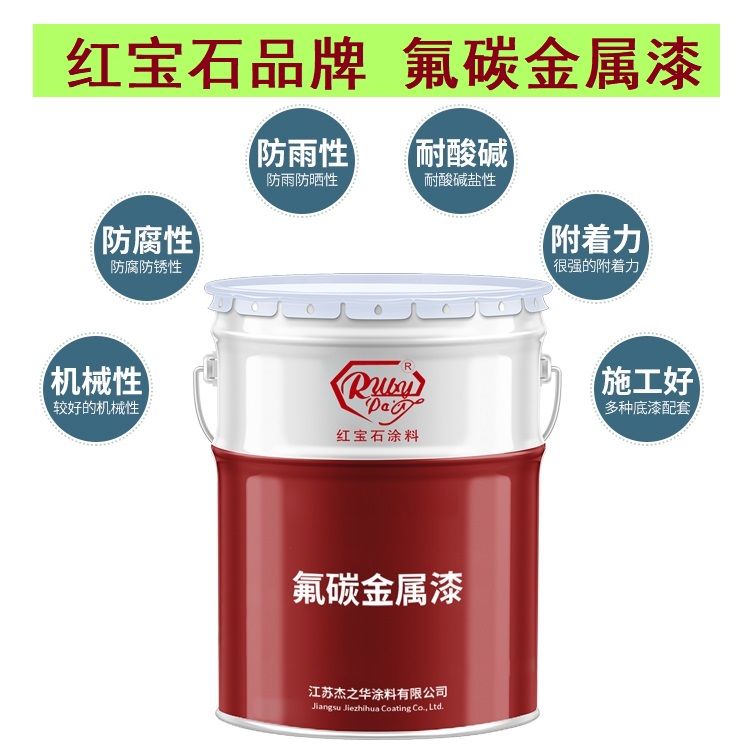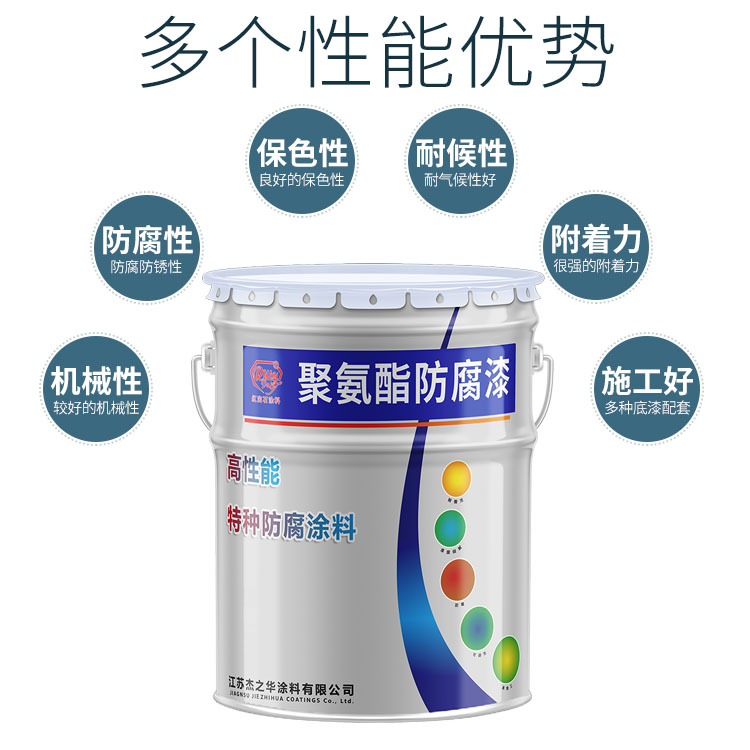Table of Contents
Benefits And Applications Of White Road Marking Paint
White road marking paint is an essential component of road safety, playing a crucial role in guiding drivers and pedestrians alike. This type of paint is specifically formulated to provide high visibility and durability, making it an ideal choice for marking roadways, parking lots, and other traffic areas. The benefits and applications of white road marking paint are numerous, and understanding them can help appreciate the importance of these markings in maintaining order and safety on the roads.
One of the primary benefits of white road marking paint is its ability to enhance visibility, especially during low-light conditions or inclement weather. The bright white color stands out against the dark asphalt, providing a clear indication of lane boundaries, pedestrian crossings, and other important road features. This visibility is crucial for preventing accidents and ensuring that drivers can navigate roads safely and efficiently. Additionally, the reflective properties of the paint further improve visibility at night, as the paint reflects the headlights of vehicles, making the markings more noticeable.
| No. | Product Name |
| 1 | Industrial paint |
Another significant advantage of white road marking paint is its durability. The paint is designed to withstand the wear and tear of heavy traffic, as well as exposure to harsh weather conditions such as rain, snow, and extreme temperatures. This resilience ensures that the markings remain intact and visible for an extended period, reducing the need for frequent reapplication and thereby saving time and resources for road maintenance departments.
| Serial Number | Name |
| 1 | Epoxy Zinc rich paint |

The applications of white road marking paint are diverse and cater to various needs within traffic management. For instance, it is commonly used to delineate lanes on highways and city roads, helping to organize traffic flow and prevent collisions. The paint is also used to mark parking spaces in public and private lots, aiding drivers in parking their vehicles correctly and maximizing the use of available space. Furthermore, white road marking paint is employed to create pedestrian crossings, bike lanes, and other safety zones, providing clear guidance for all road users and promoting a safer transportation environment.
In addition to its practical applications, white road marking paint also plays a role in regulatory compliance. Many regions have specific legal requirements regarding road markings, and using the appropriate paint is essential for adhering to these regulations. The standardized color and reflectivity of white road marking paint ensure that road markings meet the necessary specifications, helping municipalities avoid legal issues and potential penalties.
Moreover, the use of white road marking paint can also have economic benefits. By clearly marking lanes and directing traffic efficiently, it can help reduce congestion and minimize the time vehicles spend idling, which in turn can lead to lower fuel consumption and decreased emissions. This not only saves money for drivers but also contributes to environmental conservation efforts.
In conclusion, white road marking paint is a vital tool in the realm of road safety and traffic management. Its ability to enhance visibility, durability, and versatility in application makes it an indispensable resource for maintaining orderly and safe road conditions. Whether it is used on highways, in parking lots, or for pedestrian crossings, white road marking paint provides clear guidance to all road users, ultimately contributing to a safer and more efficient transportation system.
Innovations In White Road Marking Paint Technology
White road marking paint plays a crucial role in ensuring road safety by providing clear and visible lane demarcations, pedestrian crossings, and other traffic-related symbols. Over the years, innovations in white road marking paint technology have significantly improved the performance and sustainability of these markings, making roads safer and more efficient for all users.
One of the key advancements in white road marking paint technology is the development of more durable and long-lasting formulations. Traditional solvent-based paints, while effective, tend to degrade quickly under heavy traffic and harsh weather conditions. In response, manufacturers have developed water-based and thermoplastic paints that offer enhanced resistance to wear and tear. These new formulations not only maintain their visibility for longer periods but also reduce the need for frequent reapplication, thereby minimizing disruptions to traffic and lowering maintenance costs.
Furthermore, the incorporation of reflective materials into white road marking paint has greatly improved nighttime visibility and overall road safety. Glass beads and other reflective additives are mixed into the paint, which then reflects the headlights of vehicles, making the markings more conspicuous in low-light conditions. This innovation is particularly important as a significant proportion of traffic accidents occur during nighttime or in adverse weather conditions when visibility is compromised.
In addition to enhancing durability and visibility, recent innovations have also focused on the environmental impact of road marking paints. Traditional solvent-based paints release volatile organic compounds (VOCs) into the atmosphere, contributing to air pollution and posing health risks to workers. To address these concerns, manufacturers have developed eco-friendly alternatives that are low in VOCs or VOC-free. These environmentally friendly paints not only help in reducing the carbon footprint of road maintenance but also comply with increasingly stringent environmental regulations.
Another noteworthy innovation in white road marking paint technology is the integration of smart and interactive features. Some cutting-edge products now include temperature-sensitive or color-changing properties, which can alert drivers to icy or slippery road conditions. Additionally, researchers are exploring the incorporation of light-emitting diodes (LEDs) and other electronic components into road markings, which could potentially communicate real-time traffic information or warnings directly to drivers, further enhancing road safety.
The adoption of advanced application techniques has also played a significant role in improving the efficiency and effectiveness of white road marking paint. Automated and GPS-guided road marking machines ensure precise and consistent application, reducing human error and material wastage. These machines can also operate at higher speeds, allowing for quicker completion of road marking projects and minimizing disruptions to traffic flow.
In conclusion, innovations in white road marking paint technology have led to significant improvements in the performance, sustainability, and functionality of road markings. From durable and reflective formulations to eco-friendly alternatives and smart, interactive features, these advancements are making roads safer and more efficient for all users. As technology continues to evolve, we can expect further enhancements that will continue to revolutionize the field of road safety and maintenance.





